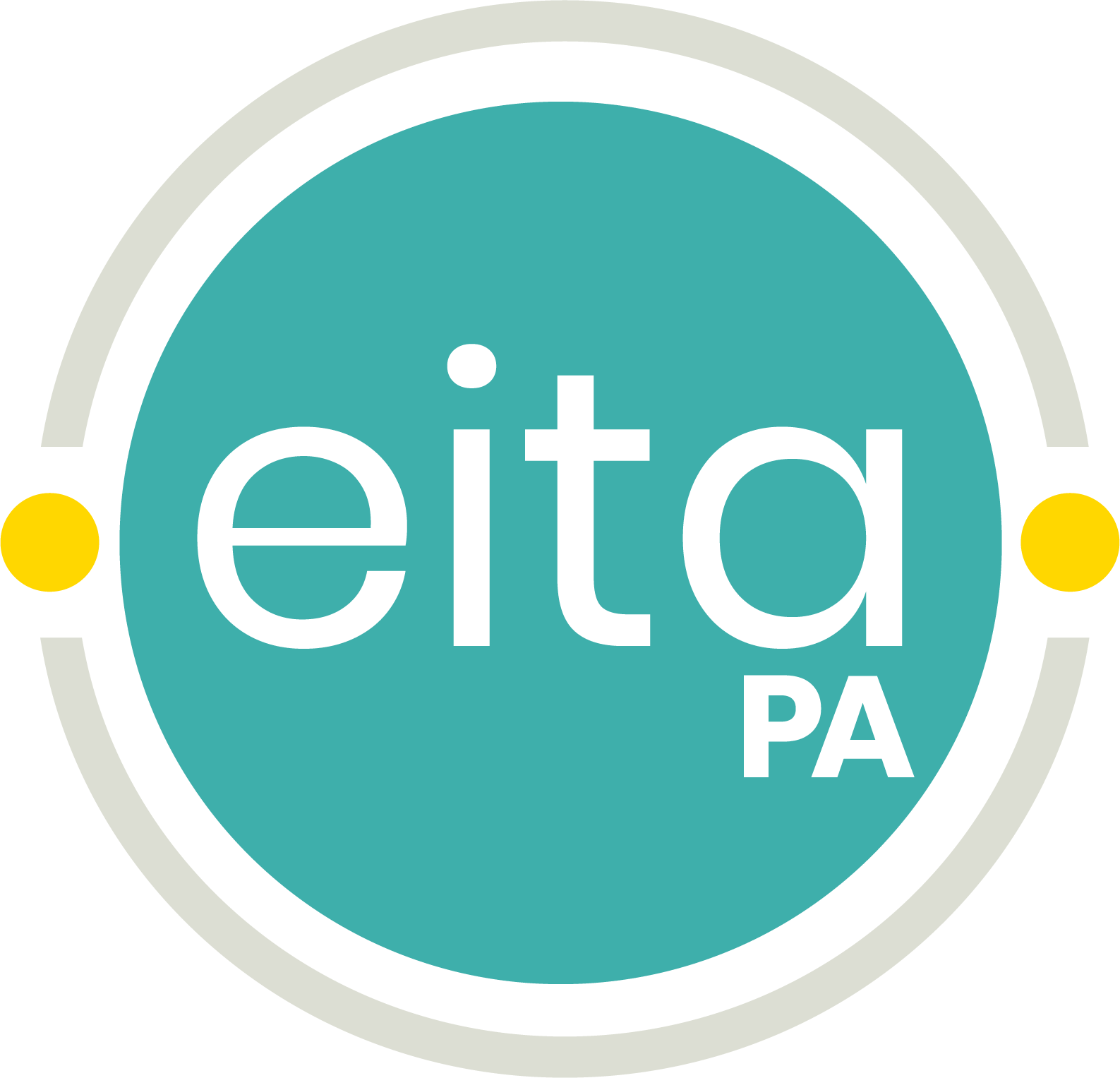When is the last time you gave serious thought that a child on your case load may be Deaf-Blind? Do you know how to find technical assistance for team’s working with a child with Deaf-Blindness and support for the family?
Children who have both hearing and visual impairments are usually considered to have Deaf-Blindness, although they may have some vision and/or hearing. When the combination of sensory impairments causes such severe communication and other educational or developmental problems that they cannot be accommodated in programs solely for deaf or blind children, the children are considered to have Deaf-Blindness. If you need more information about the definition, watch the beginning of this video from a webinar for PA Early Intervention done by the National Center on Deaf-Blindness.
It is important for Pennsylvania to have an accurate Deaf-Blind Child Count as this information is tied to funding of research, training, and technical assistance for children with deaf-blindness. In order to have an accurate count in PA you need to develop a clear understanding of deaf-blindness and share information with families. To learn more about the Deaf-Blind Child Count and support for families, watch the following:
[jwplayer mediaid=”3378″]
You can learn more and find state and national resources on the EITA Portal’s Deaf-Blind page.
